SALTO Systems: Unique Access Control Solutions for a 100+ Year Old Building
By Ryan Kaullen, Field Services Manager at Kenton Brothers
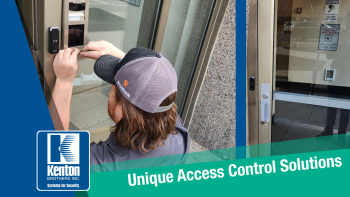 In late 2023, Kenton Brothers was approached by a property management company about adding access control to a local, 100+ year old tenant-based building in Kansas City, MO. The building has more than 16 floors and multiple elevators needed access control. As you can imagine, when the building was being built access control was not in the minds of the architect nor builders. So, the task became how does Kenton Brothers provide access control for this unique situation while keeping costs in-line with the customer’s budget?
In late 2023, Kenton Brothers was approached by a property management company about adding access control to a local, 100+ year old tenant-based building in Kansas City, MO. The building has more than 16 floors and multiple elevators needed access control. As you can imagine, when the building was being built access control was not in the minds of the architect nor builders. So, the task became how does Kenton Brothers provide access control for this unique situation while keeping costs in-line with the customer’s budget?
SALTO Systems
The answer was an access control platform that supports both online and offline locks while at same time being able to take care of access control for the elevators. The system is made by a company called SALTO Systems. Their array of lock solutions allowed Kenton Brothers technicians to install cable where it was accessible to connect to the server and have some of the locks being online, while also being able to install locks at doors where cable wasn’t an option. All while still granting access or denying access depending on the credential presented.
Here is the interesting feature of this system: Online readers re-program each card as they are presented, and then the new information is carried to the offline locks the next time they are used. This allows the system to be centrally managed without running wires to every lock. (Remember, this building is over 100 years old.) Pretty cool, right?
Our solution allows the property management company to grant access to individuals with the correct credentials into certain spaces like the gym, pool area, rooftop, etc. And they can deny individuals who should not have access to those spaces. Without the SALTO access control system, this is almost impossible to control.
The next phase of the project was the elevators.
To accomplish getting readers to work with the elevators, and the readers needing to be offline readers, Kenton Brothers worked closely with the elevator company whose software and the access control software would work in tandem to take tenants to the correct floors while still allowing the property management company to program proper access to the readers. This was a close coordination between our team and the elevator company to accomplish our customer’s goals. And this was crucial to the success of the project because it again helps keep the flow of traffic of people going to the correct floors where they are allowed to be.
Projects like these are what Kenton Brothers loves to take on. These kinds of projects make us think outside the box, deliver one-of-a-kind systems, and come up with unique and customizable solutions to take care of the customer. This is the type of work that has made Kenton Brothers stand out for over 127 years.
To see how Kenton Brothers can help with your unique needs, please give us a call.

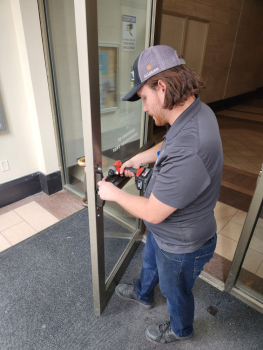
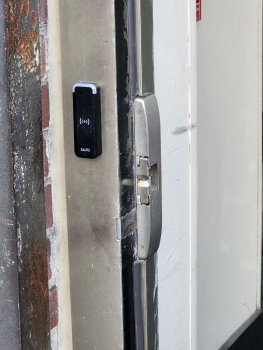
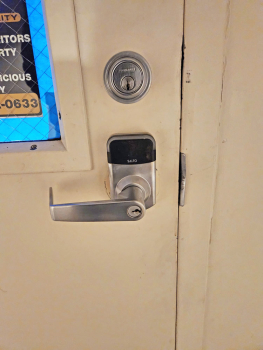
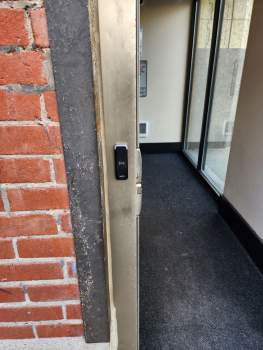
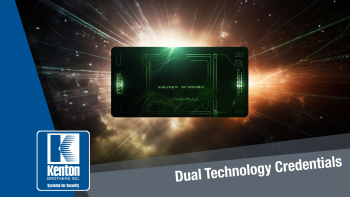 Access Control has been around for a few decades now, and during that time the technology has evolved. A lot of customers have older access control equipment and can’t afford to change out equipment every time technology and security solutions change. What are ways that a company can increase security but not have to change out everything all at once? How can they avoid impacting large portions of the their current access control solution? One way is by using Dual Technology Credentials.
Access Control has been around for a few decades now, and during that time the technology has evolved. A lot of customers have older access control equipment and can’t afford to change out equipment every time technology and security solutions change. What are ways that a company can increase security but not have to change out everything all at once? How can they avoid impacting large portions of the their current access control solution? One way is by using Dual Technology Credentials.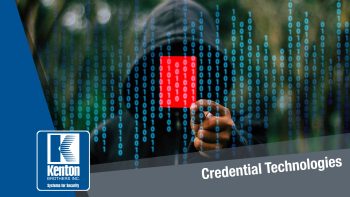 Today, I want to talk about credential technology. While not an extremely exciting topic, it can be, and often is the weakest link in many organization’s access control system. Remember that an attacker doesn’t need to get through every defense in your system, most often they just need to get past the weakest one (or two).
Today, I want to talk about credential technology. While not an extremely exciting topic, it can be, and often is the weakest link in many organization’s access control system. Remember that an attacker doesn’t need to get through every defense in your system, most often they just need to get past the weakest one (or two). When an encrypted technology is in use, both the card and reader must be using the same set of keys. Public/Private key is a long topic, but effectively a matching pair of keys are used to encrypt and decrypt data. (
When an encrypted technology is in use, both the card and reader must be using the same set of keys. Public/Private key is a long topic, but effectively a matching pair of keys are used to encrypt and decrypt data. (


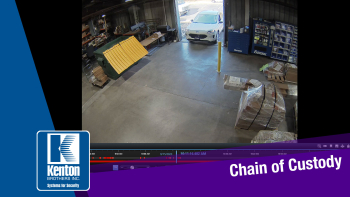
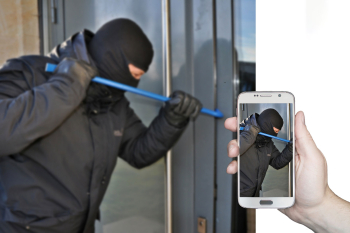 We recently received a Chain of Custody request from one of our banking clients. They had an event that they deemed legally significant and requested our help in documenting what had happened. They needed our help to get the video segments exported properly. They wanted footage from all of the cameras at one of their locations over the past 30 days. (That’s a good amount of video data!)
We recently received a Chain of Custody request from one of our banking clients. They had an event that they deemed legally significant and requested our help in documenting what had happened. They needed our help to get the video segments exported properly. They wanted footage from all of the cameras at one of their locations over the past 30 days. (That’s a good amount of video data!) Chain of Custody is something Kenton Brothers takes extremely seriously for many reasons. One, we want to make sure we are providing our customers with a level of service and reliability they can count on. We also want to make sure law enforcement has what they need to support or refute claims. This is also a great example of how the commercial security systems we sell and support do what they’re supposed to do.
Chain of Custody is something Kenton Brothers takes extremely seriously for many reasons. One, we want to make sure we are providing our customers with a level of service and reliability they can count on. We also want to make sure law enforcement has what they need to support or refute claims. This is also a great example of how the commercial security systems we sell and support do what they’re supposed to do.